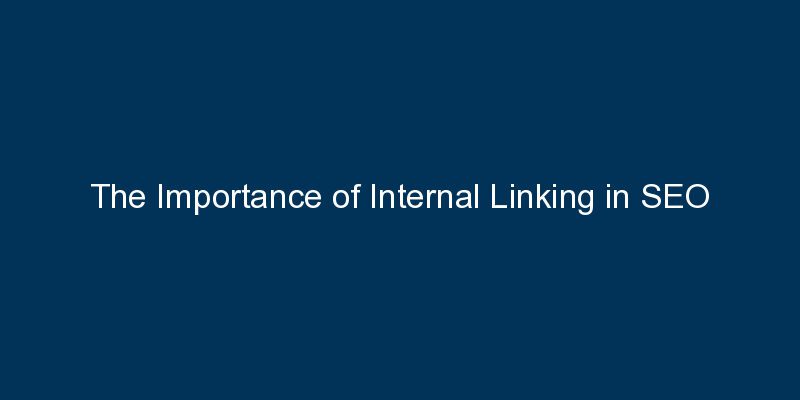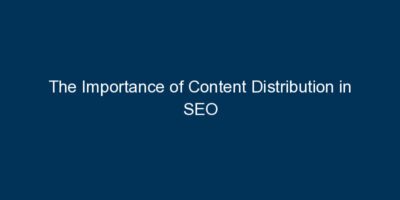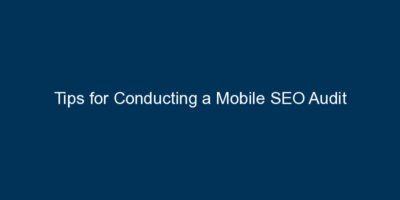Introduction: Internal linking is a fundamental aspect of SEO that often goes underappreciated. In this blog, we’ll delve into the significance of internal linking, exploring how it enhances user experience, distributes page authority, and contributes to improved search engine rankings.
1. Internal Linking: A Pillar of SEO Strategy: Internal linking involves connecting different pages within your website through hyperlinks. It plays a pivotal role in shaping the overall structure and accessibility of your content, making it a crucial element of your SEO strategy.
2. Enhancing User Experience and Navigation: Internal links serve as signposts for users, guiding them to related and relevant content. By incorporating well-placed internal links, you enhance user experience, making it easier for visitors to navigate and discover valuable information on your site.
3. Distributing Page Authority: Boosting SEO Performance: Internal linking facilitates the distribution of page authority throughout your website. When you link from a high-authority page to others, you pass on a portion of that authority. This process strengthens the overall SEO performance of your site and contributes to improved rankings.
4. Establishing Content Hierarchy: Aiding Search Engines: Internal links help establish a clear hierarchy of content on your website. By linking to important pages from other relevant content, you communicate to search engines the relative importance of different pages. This aids search engines in understanding the structure and significance of your content.
5. Contextual Relevance: Improving Content Understanding: When you internally link contextually relevant pages, you provide additional information and depth to your content. This not only aids users in gaining a more comprehensive understanding of a topic but also signals to search engines the relationships between different pieces of content.
6. Anchor Text Optimization: Keyword Relevance Matters: Optimize anchor text in your internal links by using descriptive and relevant keywords. This practice contributes to keyword relevance and helps search engines understand the topic or theme of the linked pages. However, ensure natural and user-friendly anchor text to avoid over-optimization.
7. Regular Audit and Updates: Ensuring Effectiveness: Perform regular audits of your internal links to ensure they remain functional and contribute to your SEO goals. Update links when necessary, especially when content undergoes changes or when you add new, relevant pages. This proactive approach ensures the continued effectiveness of your internal linking strategy.
Conclusion: Internal linking is a powerful tool in your SEO arsenal, influencing user experience, distributing page authority, establishing content hierarchy, ensuring contextual relevance, optimizing anchor text, and requiring regular audit and updates. By prioritizing internal linking, you create a well-connected website that not only benefits users but also strengthens its presence in search engine results.























Comments